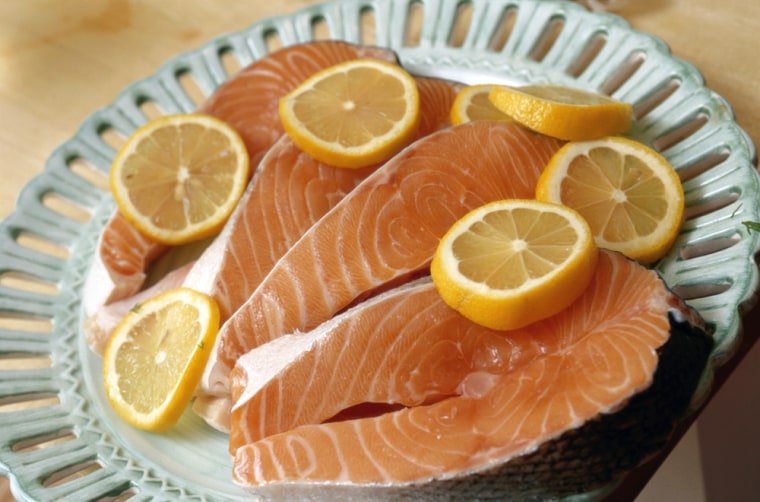
The fish we eat for dinner may soon be fit and healthy, not because they spend their lives swimming out in the open ocean, but because a robot of sorts gave them a daily workout in an aquaculture pen.
Fish farms are far from perfect. Some research has shown, for example, that sea lice from salmon farms are detrimental to migrating wild salmon. And inside the farm, mortality can creep up to around 20 percent due to illness and wounds.
But as the world’s wild fish populations continue to plummet and human populations continue to increase, aquaculture is likely to play an increasingly important role in feeding the world.
The robotic technology is getting a closer look as one way to improve the industry.
“Exercise in fishes -- as in humans! -- should have a positive effect” on their well-being, Claudio Rossi at the Center for Automation and Robotics at the Polytechnical University of Madrid, told NBC News in an email.
Fish that get a daily workout, for example, will have less fat and stronger immune systems as well as be less aggressive.
“Fish would die less because of illness or wounds caused by other fishes, which is an economic advantage,” Rossi said.
He and colleagues contributed a chapter to “Swimming Physiology of Fish,” a recently published policy book to guide future research on fisheries science and aquaculture.
Their basic idea is to “devise a system … that would trigger the natural behavior of schooling, and that could make fish swim in a given way,” Rossi said.
Such a system could be a fish-like robot, such as one under development by Maurizio Porfiri at the Polytechnic Institute of New York University to steer fish away from pollution and around dams.
Another possibility is something akin to the OptoSwim lighting technology that stimulates schooling behavior in fish.
Developing the most effective system is a challenge, Rossi noted, given the need for reliability and endurance in a wet environment as well as understanding fish behavior.
“It is not completely clear which are the factors that would ‘fool’ live fishes and make them behave in a determined way,” he noted.
– hat tip to Scientific American
John Roach is a contributing writer for NBC News Digital. To learn more about him, check out his website. For more of our Future of Technology series, watch the featured video below.